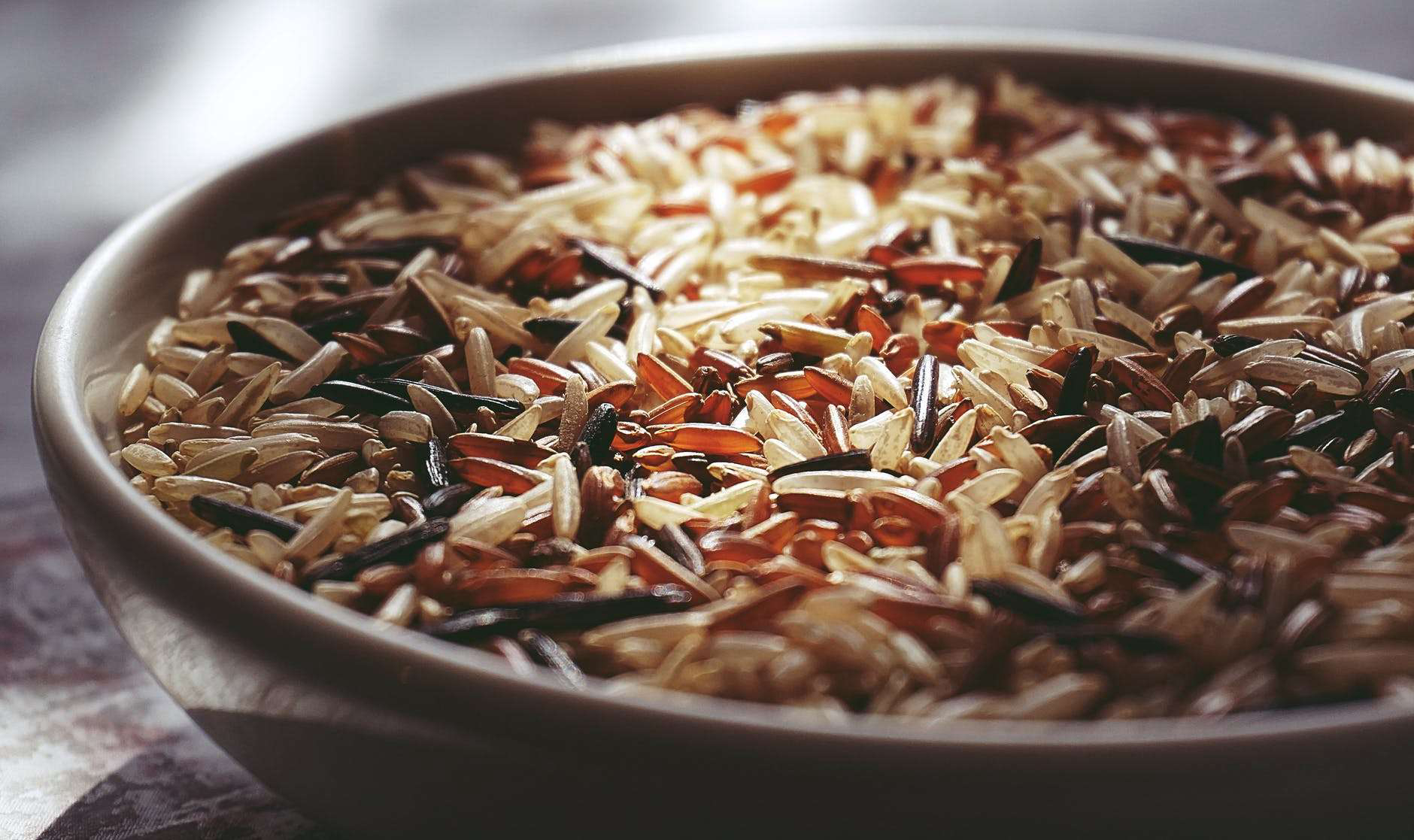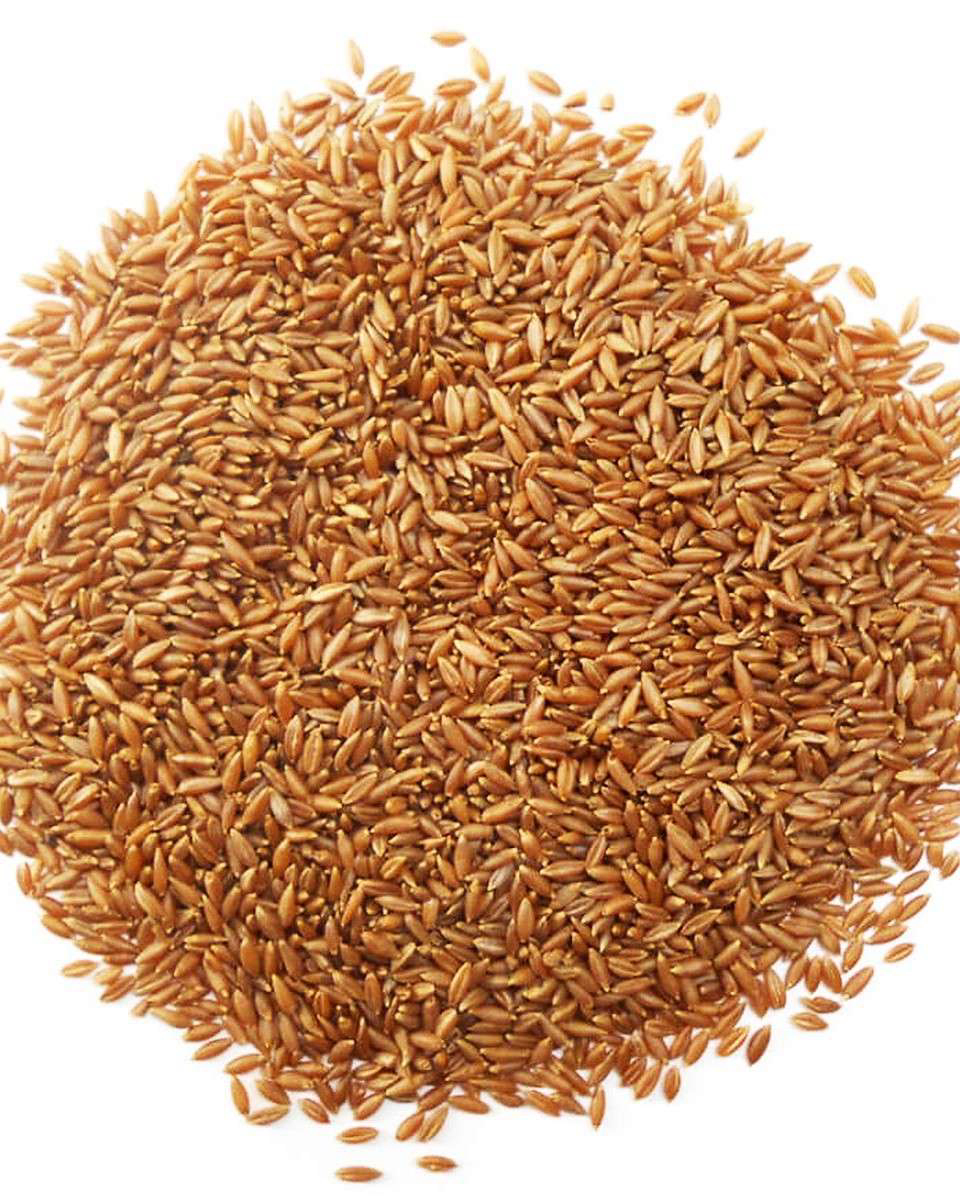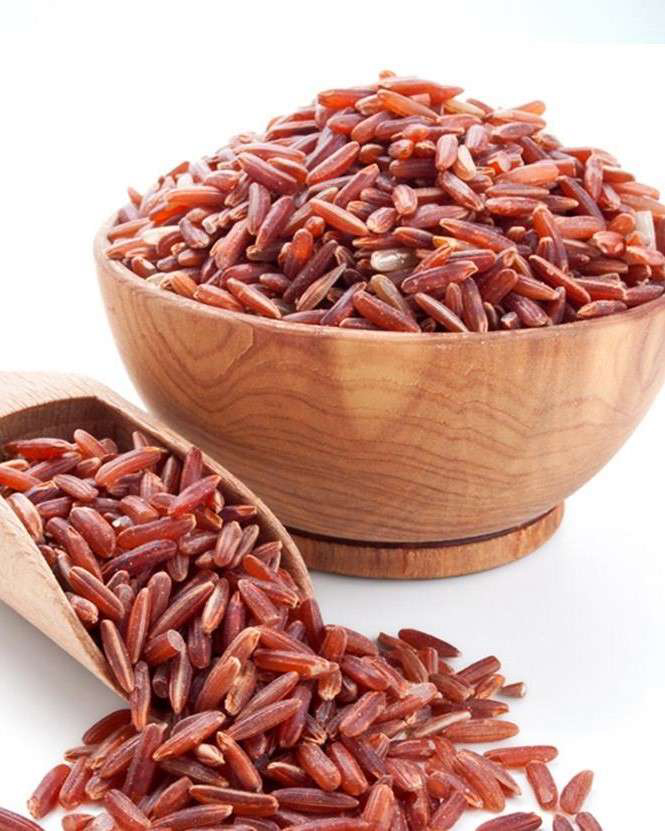
Rice is one of the most significant parts of every Indian's diet. Several types of Indian rice are healthy and nutritious. And with so many types, it lends itself to a limitless number of recipes. Normal white rice and basmati rice are two common types of Indian rice, and the health benefits of these two types of Indian rice are strangely the same. The basmati rice is thinner and easily digestible in comparison to normal white rice. Another rice named Jasmine rice is largely recognized in India and is preferred due to its unique flavor, and it also helps in cleansing the body as it removes toxins. However, there are some other types of Indian rice which are not largely known, yet they are highly nutritious and have multiple health benefits. So rather than adding up the same type of rice to every recipe you prepare, you can add these different types of healthy rice options. Each type of rice has its taste, texture, unique properties, and health benefits that work with different aspects.
5 Healthiest Types of Indian Rice:
1. Bamboo Rice (Karnataka)

Bamboo Rice
Bamboo rice is cultivated in Karnataka and it is known as Mulayiri in the local language. The bamboo rice is seeds of bamboo flowers collected by tribal people of the Karnataka region, and it is hard to collect as the flowering patterns of bamboo are highly unpredictable and can vary from 5 years to 50 years. The bamboo rice or Mulayiri rice is fiber-rich and calorie-dense cores of bamboo, and it has a slightly sweet and wheat-like taste. It helps in detoxification of the body, improving reproductive health and relieving rheumatic pain.
2. Chak Hao or Black Rice (Manipur)

Chak Hao or Black Rice
The Chak Hao is black and it is grown in the beautiful hills of Manipur. This type of rice is full of anthocyanins, which is a heart-beneficial antioxidant that gives the unpolished rice its brilliant purple hue. It is also full of vitamins, minerals, iron and fiber. Consuming the Chak Hao or Black Rice can help protect the body against multiple ailments like obesity, inflammation and heart disease. It has a relatively sweet, and slightly nutty flavor. The Chak Hao rice is also used in special Manipuri black rice kheer due to its sticky quality.
3. Navara Rice (Kerala)

Navara Rice
The Navara rice is a bowl of unique medicinal rice grown in the Palakkad district of Kerala. It holds a significant place in the Ayurveda and it is used on its own or in combination with other herbs to treat several diseases. A portion of water leftover from boiling this rice and herbs is consumed as a traditional drink called ‘Karkidakakanji’. The Navara rice bran oil is similarly used to relieve a multitude of painful conditions like cervical spondylosis, stiff joints, backache and rheumatoid arthritis.
4. Diana Rice (Karnataka)

Diana Rice
Grown primarily in the region of Karnataka, the Diana rice is a parboiled variety packed with vitamins and minerals. This rice is full of high fiber content that combined with a low glycemic index, which gradually releases sugar into the bloodstream, making it ideal for people with diabetes. The Diana rice tastes nutty and has a rough texture, and it is also useful and a great option for people on a diet.
5. Red Rice (Himachal/ Maharashtra/ Kerala)

Red Rice
Like white rice, the red rice is grown majorly in three regions of India, in Shimla valley of Himachal Pradesh where it is known as Choohartu, in Patni region of Maharashtra, where it's locally known as Patni and in Palakkad region of Kerala, where it Is known as Matta rice. The red rice holds many nutrients and minerals in it. It is fully packed with a bunch of antioxidants and double zinc and iron. It is similarly a low-sugar rice variety, making it a great option for diabetic people. The red rice has a luscious red color, nutty flavor with a firm texture.
________________________________
Reference-
- www.threewhistleskitchen.com
- www.wikipedia.org
- www.food.ndtv.com
